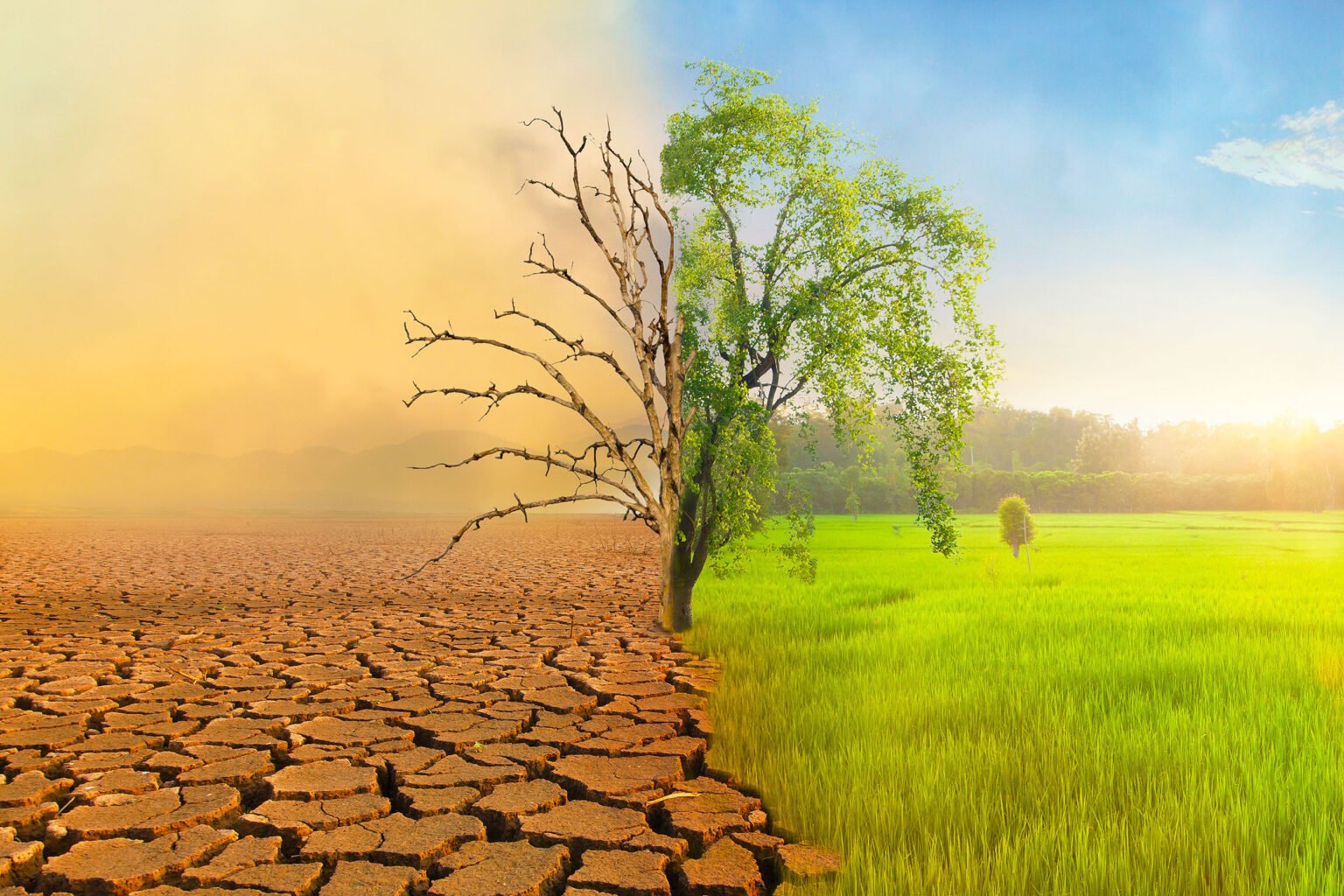Slow-Moving Global Catastrophe: Droughts Deepen Worldwide
Over the past two years, the planet has witnessed some of the most extreme and devastating droughts in recorded history. A UN-supported report describes this crisis as a slow-moving global catastrophe, warning that prolonged dry spells across continents are wreaking havoc on lives, livelihoods, and ecosystems. Experts emphasize that this slow-moving global catastrophe is driven not only by climate change but also by unsustainable water use, poor planning, and inadequate response systems. As the slow-moving global catastrophe continues to unfold, communities worldwide face escalating threats to food security, public health, and biodiversity.
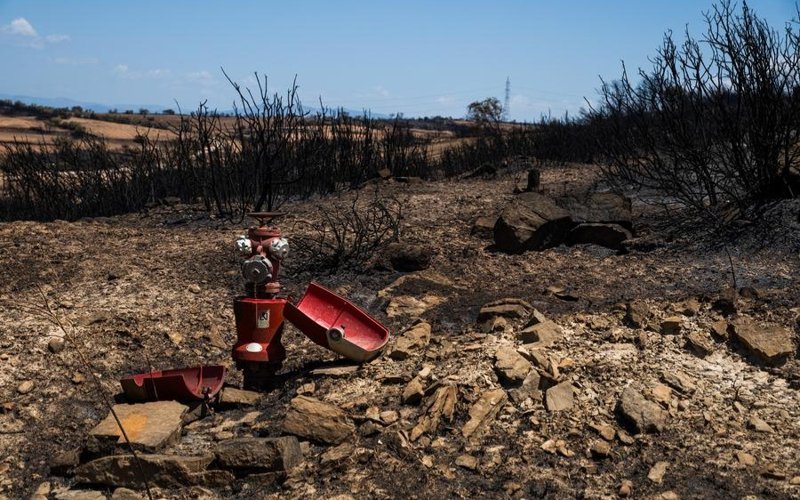
Record low water levels in critical regions such as the Amazon basin have disrupted drinking water supplies for hundreds of thousands. From East Africa to southern Europe and Southeast Asia, severe drought has become the defining environmental challenge of our era.
Drought: A Silent Climate Disaster Fueling the Global Catastrophe
The report refers to drought as a “silent killer” that “creeps in, drains resources, and devastates lives in slow motion.” It emphasizes that while drought unfolds gradually, its impacts are far-reaching and enduring. The convergence of climate change and El Niño, a natural phenomenon where Pacific Ocean surface waters warm unusually, has dramatically worsened conditions in many parts of the world.
Regions such as southern Africa, northern South America, and Southeast Asia frequently experience drier-than-average conditions during El Niño years. Combined with human pressure on freshwater systems — including excessive agricultural irrigation and land degradation — these patterns have resulted in acute water shortages.
Impact Zones in the Slow-Moving Global Catastrophe: Who’s Suffering Most?
Horn of Africa: A Region in Peril
By January 2023, the Horn of Africa was experiencing its worst drought in 70 years. Years of failed rainy seasons in Kenya, Ethiopia, and Somalia led to the deaths of an estimated 43,000 people in Somalia alone during 2022, largely due to drought-induced hunger.
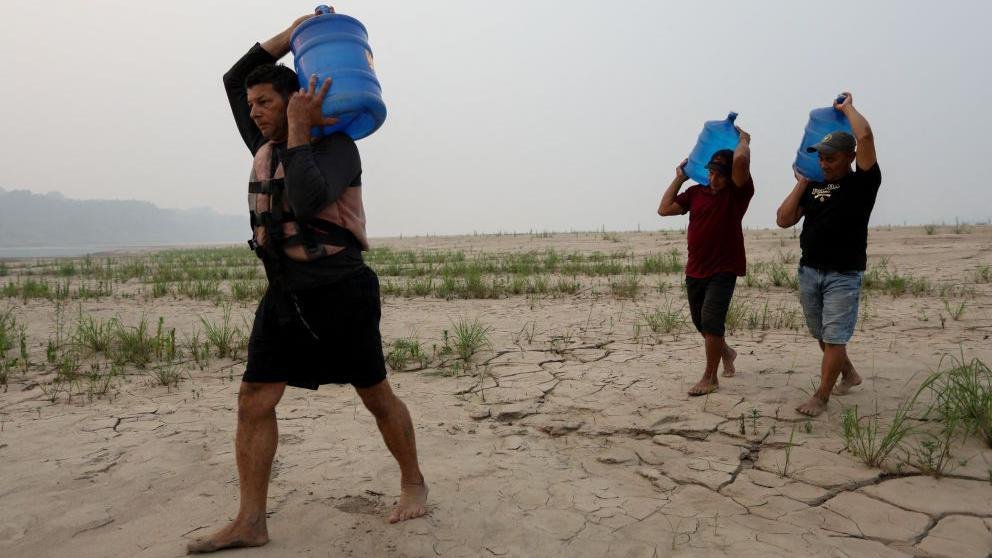
As of early 2024, an estimated 4.4 million people in Somalia were facing crisis-level food insecurity. Wildlife suffered too — hippos in Botswana became stranded in dried riverbeds, while elephants were culled in Zimbabwe and Namibia to prevent overgrazing and feed struggling communities.
Amazon Basin: Record Water Lows Threaten Biodiversity
The Amazon basin, often considered the lungs of the Earth, faced record-low water levels between 2023 and 2024. This dramatic drop disrupted drinking water systems, killed fish en masse, and placed endangered river dolphins at higher risk. Indigenous and river-dependent communities were left without clean water access.
Europe: Agriculture and Trade Disrupted
In southern Europe, two consecutive years of drought and extreme heat devastated crop yields. Spain’s olive harvest was slashed by 50%, sending ripple effects through global markets. Farmers faced rising costs, falling profits, and growing uncertainty.
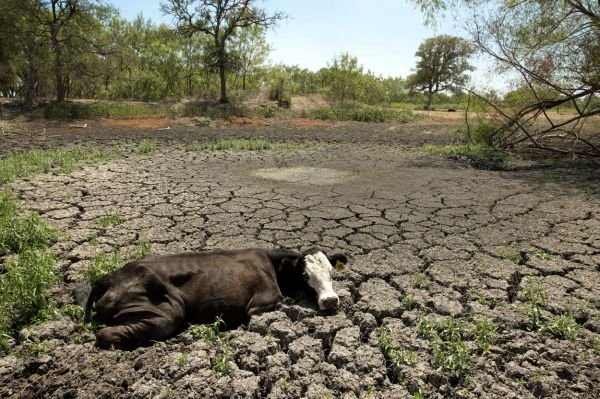
At the same time, world trade suffered. The Panama Canal, a key international shipping route, experienced drastically reduced water levels. Between October 2023 and January 2024, the number of ships passing through dropped from 38 to 24 per day, due to water scarcity.
Social Fallout: Vulnerable Groups Hit Hardest
Drought doesn’t affect all people equally. The report stresses that women and children suffer disproportionately in crisis-hit areas. In four regions of Eastern Africa hardest hit by drought, the number of forced child marriages more than doubled. Families desperate to survive pulled girls from school to exchange them for dowries.
Lead author Paula Guastello remarked, “The coping mechanisms we saw during this drought grew increasingly desperate. Girls pulled from school and forced into marriage, hospitals going dark, and families digging dry riverbeds for contaminated water — these are signs of severe crisis.”
Environmental, Economic, and Social Emergency
Experts stress that drought must be seen as more than a weather event. It is a complex emergency that affects food security, health systems, global trade, and ecosystems. Dr. Mark Svoboda, co-author and founding director of the US National Drought Mitigation Center, called it “the worst I’ve ever seen.”
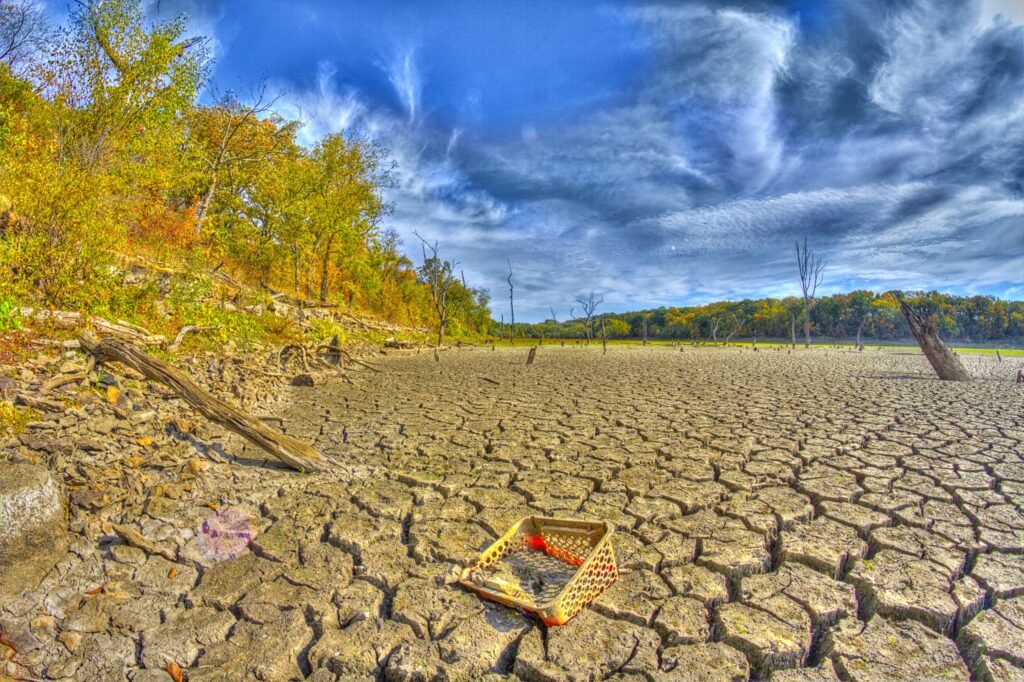
Dr. Kelly Helm Smith, another co-author, added, “Drought is not just a weather event — it can be a social, economic, and environmental emergency. The question is not whether this will happen again, but whether we will be better prepared next time.”
Urgent Recommendations for a Changing World
The report calls on governments worldwide to prepare for a “new normal” — one where drought is a constant threat. Key recommendations include:
- Investing in stronger early warning systems
- Promoting sustainable land and water management
- Building drought-resilient infrastructure
- Supporting vulnerable populations through policy and aid
The authors argue that resilience-building is no longer optional but essential. As global temperatures rise and weather patterns shift, drought will become a more frequent and deadly phenomenon.
A Global Wake-Up Call to the Slow-Moving Global Catastrophe
The world is facing a slow-moving global catastrophe. Droughts — once rare and region-specific — are now global, persistent, and intertwined with climate, economic, and social issues. The report is not just a warning but a call to action. To avoid further humanitarian disasters, protect biodiversity, and ensure water and food security, global cooperation and immediate action are vital.
